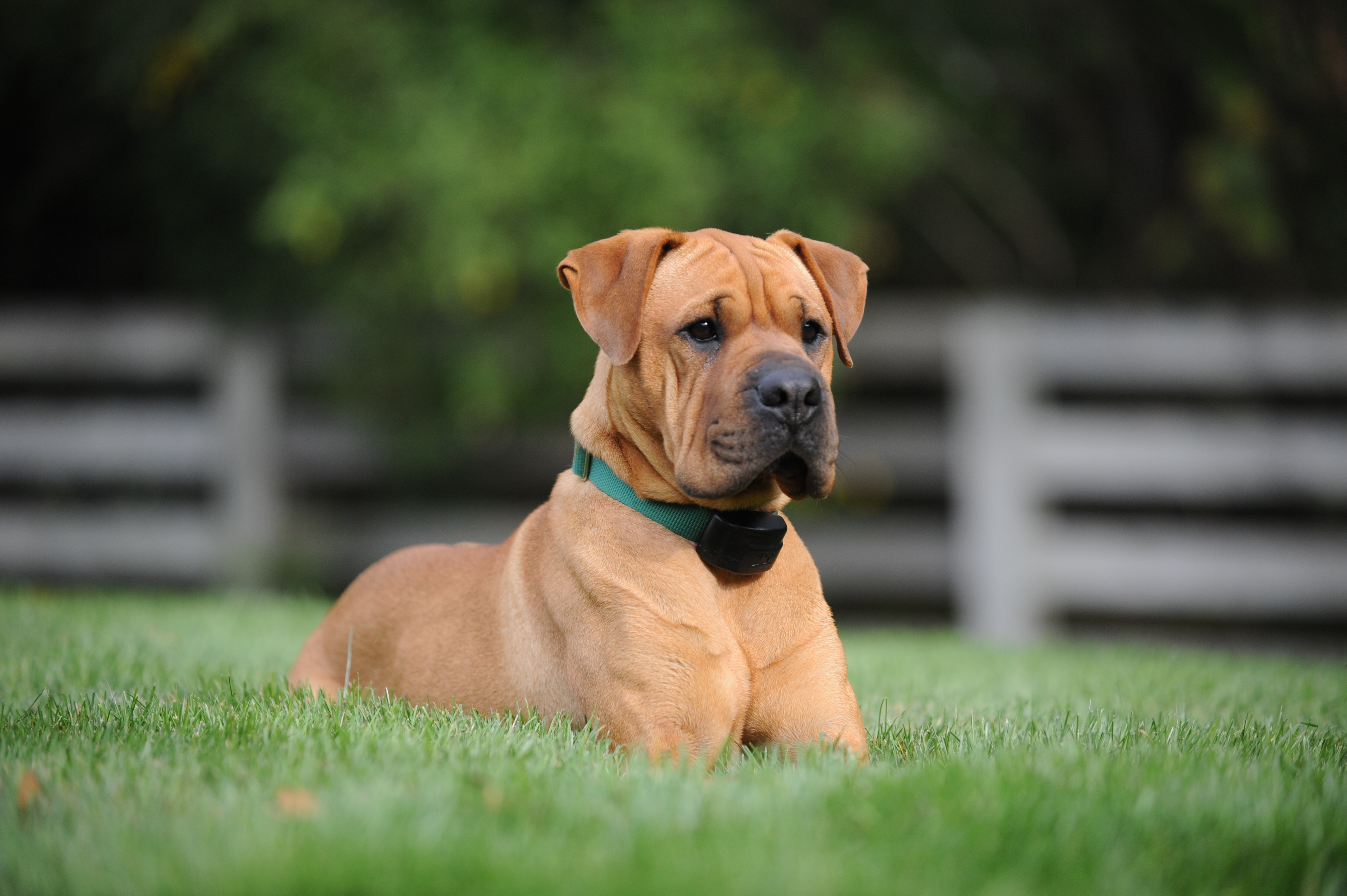
People often ask us, “how do I go about getting an invisible fence installed?”. We can easily answer that question by showing the steps that you’ll need to go through:
1. Call, e-mail, submit a contact form from our website, or message us on Facebook to get a free estimate. We will ask you about your yard (size and features), how many dogs you have and what breed(s) they are and what problems you are trying to solve, either indoors or outdoors.
2. We will then either set up a free in-yard estimate over the phone or provide you with a rough over the phone quote based on the answers given above.
3. After the estimate is received, we give you time to think it over. We NEVER use any sort of high pressure sales tactics. We generally follow up with a phone call and/or an e-mail. Full disclosure, if the weather was especially rotten when you received your estimate (namely January and most of February) you may get another follow up come Spring.
4. Give us a call or shoot us an e-mail when you’ve decided you’re ready to have a fence installed. We’ll get a mutually agreed upon date on the calendar. Installations generally take 4-5 hours in most cases and are completed in one day. A week to a couple of days before the installation OUPS (Ohio Utilities Protection) will come out to mark your property for underground lines.
5. On your installation day, our technician will do a quick walk through your yard with you to verify exactly where you want the wire. You may discuss landscape features, property lines, utilities boxes, etc. He’ll also go over the placement of the transmitter in your garage, basement, laundry room, etc.
6. After the wire is buried in your yard, the white flags are placed and the transmitter is mounted in the yard, the tech will take your dog through the first day of training. Our entire training schedule can be viewed on our website.
7. After training is complete, he will collect payment, make sure the yard looks as neat and tidy as it was when we arrived and he’ll be on his way. If you have further questions or would like further training sessions simply call the office at 614-527-3799 or e-mail us at info@dogwatchofcolumbus.com.
We do our best to make the process run as smoothly as possible. If you’ve ever wondered if an underground fence is right for you, we’d love to help you learn more about how your dog can safely and freely roam your yard or how to solve any indoor issues you might have.
